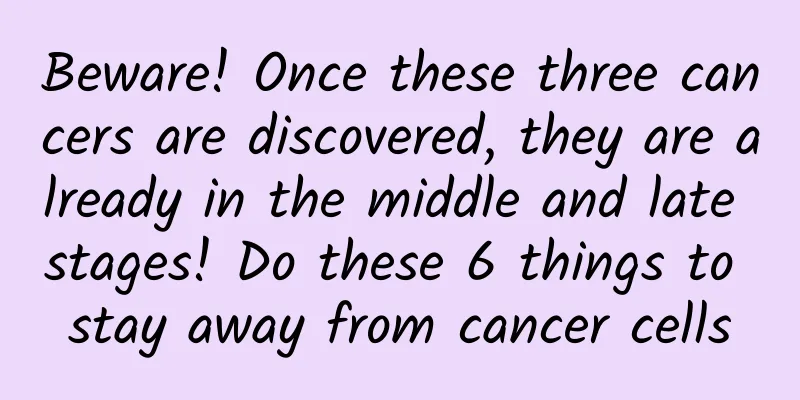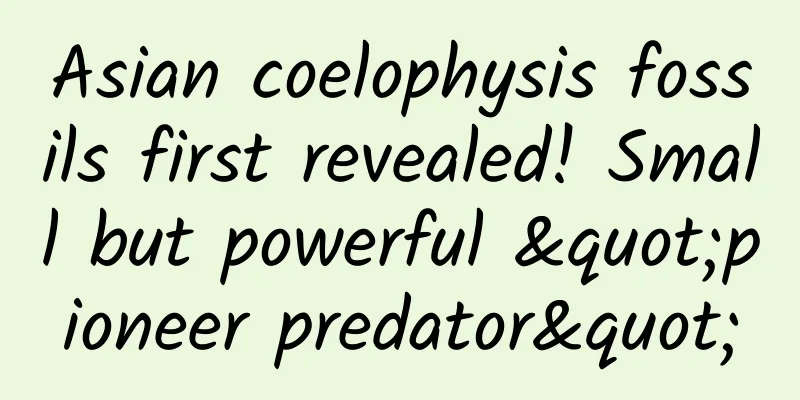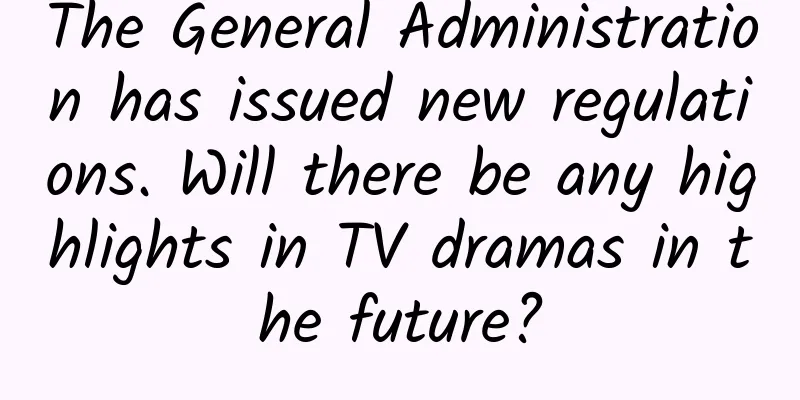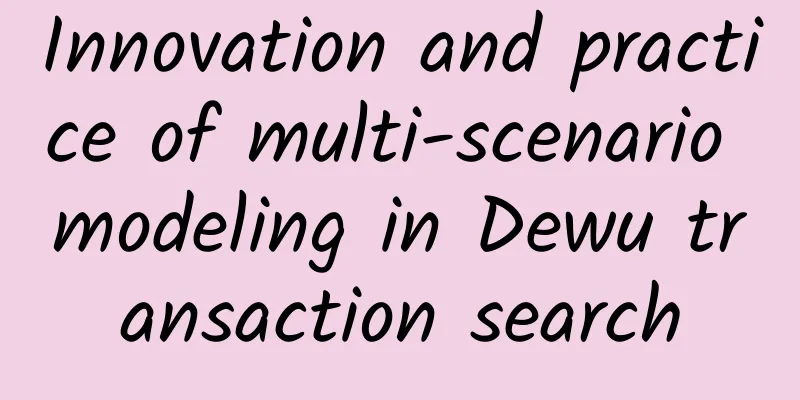What made Tesla successful?
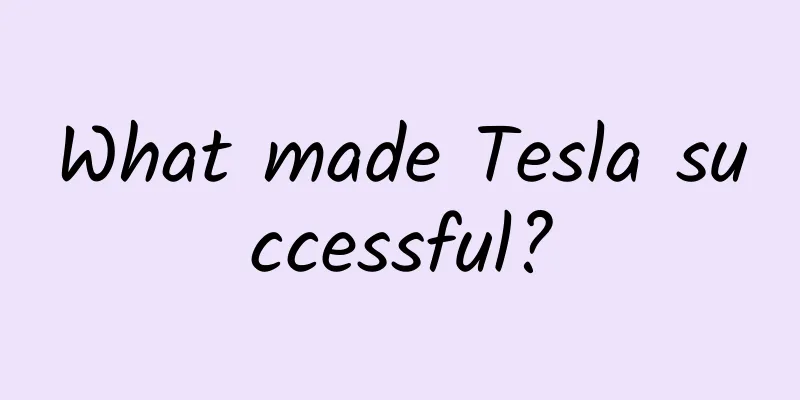
|
Imagine a world without lights, motors, pumps, fans, refrigerators, or elevators. Without microwaves, there would be no radio or television. The next time you flip a switch, you should think of Nikola Tesla. More than any other inventor, Tesla can say he ushered in the age of electricity. But 70 years after his death and a century after his major inventions, his name is not as well known as that of Thomas Edison, Alexander Graham Bell, or the Wright brothers. Tesla's restless mind allowed him to go further than these electrical and mechanical innovations. He invented an "amplifying coil" that could greatly increase the frequency and voltage of an electric current. Tesla discovered that such an electric current could radiate electromagnetic waves, and he was keenly aware of the potential of these electromagnetic waves. Today, "wireless" is a ubiquitous term in the world of computer networks. Tesla discovered this principle more than 100 years ago. Tesla is often compared to Thomas Edison, but he was the polar opposite of Edison in many ways. Edison claimed that inventions were "1% inspiration and 99% perspiration." Tesla, however, was a man with ideas and a vision. Edison was self-taught; Tesla had a complete industrial education. Edison solved practical problems; Tesla dreamed of inventing technologies that would change the world. Edison commercialized his inventions; Tesla had little business acumen. The only thing they had in common was that both slept very little: Tesla would sometimes work from 10:30 a.m. to 5:00 a.m. the next morning. During Tesla's lifetime, he received no awards or compensation for many of his inventions. For example, Guglielmo Marconi invented the radio, but his device was based on Tesla's ideas. Only in recent years has Tesla received wider recognition for his profound insights and their impact on modern life. Tesla's Growth Background Tesla's father was an Orthodox priest who wanted his son, born in 1856, to be like him. Tesla's family was Ethnic Serbs, living in Croatia, which was then part of the Austro-Hungarian Empire. Tesla's mother invented kitchen appliances that resembled eggbeaters, and he felt very much like her. When he was ill as a teenager, he made his father promise to send him to technical school if he recovered. He studied mechanics and electricity at the Austrian Polytechnic School in Graz, Austria, with the goal of becoming an engineer. As a child, Tesla saw pictures of Niagara Falls. He immediately imagined a giant mill wheel that would harness the power of the falls. These scenes show that Tesla had an extraordinary mind from an early age. The young man could do calculus in his head and had an extraordinary memory. But what was most striking was his ability to visualize his ideas: he could process his ideas in his mind so many times that they looked as real as physical objects. But his brilliance came with some downsides. In his 20s, the tall, thin Tesla suffered a mental breakdown that left him overly sensitive—the ticking of a watch was disconcerting, and he found even sunlight oppressive. Throughout his life, he suffered from phobias and obsessive-compulsive disorders. Tesla became interested in alternating current very early on. At the time, experiments that required motors and lighting used direct current (DC), like the current produced by batteries. DC motors were inefficient, but no one could imagine how AC motors would work. One day, while discussing poetry in a park, Tesla suddenly had an idea of how to make AC motors a reality. His idea of using alternating current baffled European experts. In 1884, the 28-year-old Tesla decided to travel to New York and present his ideas to Thomas Edison. He described his ideas for alternating current to the great inventor, but Edison wasn't interested. Instead, he hired Tesla to operate his direct current equipment. But the two men didn't quite get along - Tesla resigned without completing the work Edison had given him, and he ended up not getting his salary. With no money, Tesla began to make a living by digging ditches for others. But his fate was about to change. AC is more convenient to use Direct current consists of electrons moving in one direction along a conductor. Alternating current changes direction many times per second. To make an electric motor, you need to change the polarity of a stationary electromagnet called a stator. A magnetic rotor constantly tries to align with the stator's changing poles, which causes the stator to spin and generate power. DC motors use a clever mechanical commutator to change polarity; AC motors change the direction of the current directly, electrically. Once Tesla figured out how to match the alternating current with the polarity of the electromagnets in his motor, he made one of his most important breakthroughs. The Triumph of Alternating Current Edison had already found customers for his DC system, running wires through the streets of New York City to their homes, but George Westinghouse was already developing a competing AC system, and he thought Tesla's invention would give his approach an advantage over Edison's. Tesla understood that AC was a more efficient way to drive electric motors and lights. More importantly, the "AC" could be stepped up using coils of wire. Through electromagnetic induction, the low voltage in one coil was transformed into a higher voltage in another coil. The high-voltage current could be more efficiently transmitted through wires and then stepped down for use in homes. Tesla's circuit was the predecessor to the transformers we often see on utility poles. DC could not be stepped up, and to transmit it over miles, much thicker wires were needed. Alternating current was known before Tesla began his work. But Tesla designed an integrated system of generators, transmission lines, motors, lighting systems, and other circuits that made alternating current a viable alternative to direct current. In 1887, Tesla applied for seven patents related to his alternating current, which were granted without challenge. Westinghouse purchased the patents in 1888. But direct current was still thriving. Westinghouse and Edison were locked in what became known as the "War of the Currents." Edison started the fight, claiming that alternating current was too dangerous for the public to use safely. In 1890, an acquaintance of Edison named Harold Brown arranged for a Westinghouse AC generator to be used to execute a condemned man, further reinforcing his point. But Westinghouse, which held Tesla's patents, could show that AC was a more efficient alternative. The climax of the conflict in the War of Currents took place at the Chicago Columbian Exposition of 1893-1894. Westinghouse could supply electricity at a much lower cost than Edison could. He got the contract and powered the fair based on Tesla's system. When the fair opened, thousands of bright lights lit up, astonishing visitors. The demonstration allayed the public's fears about AC, and AC became the standard for electrical systems. Tesla's triumph came when he realized his childhood dream of building a power plant at Niagara Falls. In 1890, investors placed big bets on alternating current and hydroelectricity, both of which were unproven technologies. The long, tense wait ended in 1896 when Tesla's generators began to deliver power to the electrical system. Eventually, they delivered electricity to New York City, lighting up Broadway. As hydroelectric power stations began to be built around the world, the age of electricity arrived. The War of the Currents was over, but Nikola Tesla had moved on to more visionary inventions. Insights into electromagnetic induction Many of Tesla's inventions were based on the principle of electromagnetic induction. In the 1830s, British scientist Michael Faraday demonstrated that a moving magnet could induce an electric current in a conductor (edited here). It was this ability of electricity to have an effect at a distance that fascinated Tesla and inspired him to come up with ideas ranging from the AC motor to the Tesla coil. Tesla heads into the unknown Even a simple electric current generates a magnetic field. Alternating current oscillating at high voltage generates electromagnetic waves. Heinrich Hertz discovered electromagnetic waves in 1888, and many inventors joined the race to use electromagnetic waves for wireless communication or other purposes. Tesla was fascinated by high-frequency electromagnetic waves. Using them, he was able to: • Lamps filled with neon gas. This new type of lighting did not require a glowing filament; the gas itself produced the light. • Make the vacuum tube emit light at a distance without direct contact with the wave source. • Heat a metal rod to a very high temperature. • The electromagnetic waves generated in his laboratory in New York could still be detected at the U.S. Military Academy in West Point, New York, 50 miles (80 km) away. Many inventors contributed to the development of radio, but it was Guglielmo Marconi who won the Nobel Prize in 1909 for this invention. Tesla, unhappy with not being recognized for his fundamental and original contributions, applied for a patent long before Marconi created his first prototype. In 1943, a few months after Tesla's death, the U.S. Supreme Court finally recognized that Tesla's patented invention was the basis for Marconi's original achievement. Tesla saw another use for electromagnetic waves. He thought they made it possible to wirelessly transmit electrical energy on a large scale. In 1898, he moved to Colorado Springs and built large coils, now known as Tesla coils, with which Tesla generated enormous voltages. With them, he was able to create artificial lightning. He lit 200 light bulbs from 25 miles (40 km) away and experimented with ways to transmit energy through the air or the earth itself. Returning to New York a year later, he convinced banker JPMorgan to back him in building a system that could wirelessly communicate around the world, transmitting news, mail, and even pictures. Tesla was still dreaming of transmitting electrical energy. He set up a laboratory on Long Island called Wardenclyffe. There, he built a 187-foot (57-meter) tall wooden tower and drove steel pipes hundreds of feet into the ground. As costs mounted, Morgan withdrew from the project. Mounting in debt, Tesla was forced to destroy the tower and abandon the laboratory in 1905. But for the rest of his life, he remained convinced that wireless power transmission was possible. At the same time, Tesla used electromagnetic waves to build a boat that could be controlled by radio. He discovered that at very high voltages, his homemade vacuum tubes would emit rays that could penetrate solids, and he created what he called "shadow diagrams," thus becoming one of the first people to attempt to study X-rays. Over time, Tesla's research into high-frequency electromagnetic waves formed the basis for innovations ranging from microwave ovens to cathode-ray television tubes. Tesla took his inventive genius in a different direction than his contemporaries such as Edison. His exploration of the uncharted territory of high frequency electricity and radio waves paved the way for many inventors to follow him. Tuning Another important principle Tesla relied on was the concept of electrical resonance. Conductors (which we call antennas) can receive electromagnetic waves even from hundreds of miles away. But to select one of several waves of different frequencies, the receiver needs to be "tuned", that is, it needs to resonate with the electromagnetic wave at that frequency. It's the same idea as making a violin string resonate with a tuning fork. Tesla invented a way to tune an electric circuit, and to this day we still "tune" to receive radio or television. Tesla's Legacy Always eccentric, Tesla is now believed to have suffered from obsessive-compulsive disorder. As he aged, his eccentricities became more pronounced. He had a phobia of germs and would wash his hands obsessively. He would only eat cooked food. He was obsessed with the number three. He claimed to have received messages from outer space. As an old man, he had a soft spot for pigeons, which he smuggled into his hotel room. Back in 1891, George Westinghouse's company was on the verge of bankruptcy. To help the man who believed in him, Tesla agreed to forgo royalties owed by Westinghouse on the alternating current patent. The inventor could have made millions of dollars from this, but now he was penniless. Westinghouse died in 1914, never fully compensating Tesla for his contributions. Yet Tesla continued to invent. He received at least 275 patents during his lifetime. He left behind a long list of inventions, many of which were never realized: • In 1904, he invented a highly efficient bladeless turbine, but the device had no commercial application. • He proposed using geothermal, solar and wind energy to generate electricity. • He speculated on the existence of the ionosphere, an electrically charged layer in the Earth’s atmosphere, years before it was discovered. • He patented a spark plug for gasoline engines. • He invented the first electric clock based on mechanical vibrations. • His last patent was for a vertical take-off aircraft, which would become a reality much later. Not all of Tesla's ideas worked. His dream of wireless power transmission was never proven to be feasible. He refuted Einstein's work, and what he refuted would form the basis of modern physics. During and after World War I, Tesla worked on a "death beam," but it was never realized outside of science fiction movies. In 1943, Tesla died alone in a New York hotel at the age of 86. “One day,” Tesla predicted in 1915, “six gigantic wireless stations, for example, will be established throughout the world, and all the inhabitants of the earth will be able to communicate with one another not only by sound, but also by sight.” Does this sound familiar? Could this be the cell phone we use? By John Kelly Translation: Nothing Reviewer: Zang Chi Original link: https://science.howstuffworks.com/innovation/famous-inventors/nikola-tesla.htm The translated content only represents the author's views This article does not represent the views of the Institute of Physics, Chinese Academy of Sciences. Editor: zhenni |
Recommend
Limited production capacity: Can Samsung not come up with a big move?
Last month, Samsung announced that it would launc...
360WiFi6 whole-house router review: not only can it run full bandwidth in the bathroom and balcony, but it is also a network security manager
In the blink of an eye, it has been seven years s...
Android 11 second developer preview: supports hinge angle detection for foldable phones
On March 19, according to foreign media reports, ...
Paying for knowledge, where is your path?
Introduction : What is knowledge payment? What is...
Get the most out of these 3 types of users and solve your promotion problems!
The categories of operations include data operati...
In addition to fish and meat, I sincerely advise you to eat less of these things during the Chinese New Year.
The New Year is coming soon. After being busy out...
Tens of millions of years have passed, and these two Cretaceous dinosaurs are still fighting
In 1971, paleontologists discovered two extremely...
Will QR codes be scanned by humans? Yes! But we can’t wait for that day
Payment codes, business card codes, health codes,...
iOS system has a vulnerability? No wonder the military doesn't allow Apple phones
iOS system vulnerabilities I believe everyone is ...
Are nuclear power plants still safe amid the Russia-Ukraine conflict?
Due to the war between Russia and Ukraine, the si...
4,200 years ago, Chinese ancestors were already driving cars?
The Pingliangtai Site in Huaiyang was selected as...
Information flow promotion, analysis of 7 excellent case techniques!
For third-party optimizers, advertising placement...
A detailed look at the current status of China's independent CPUs: Will it be on par with Intel in the near future?
It will take some time for the ZEN processor to b...
Foreign media: If Apple wants to take its services business seriously, it should cut iPhone prices
According to foreign media reports, the implicit ...
Give you a community operation plan
Let me share how I would write a community plan ....
